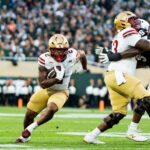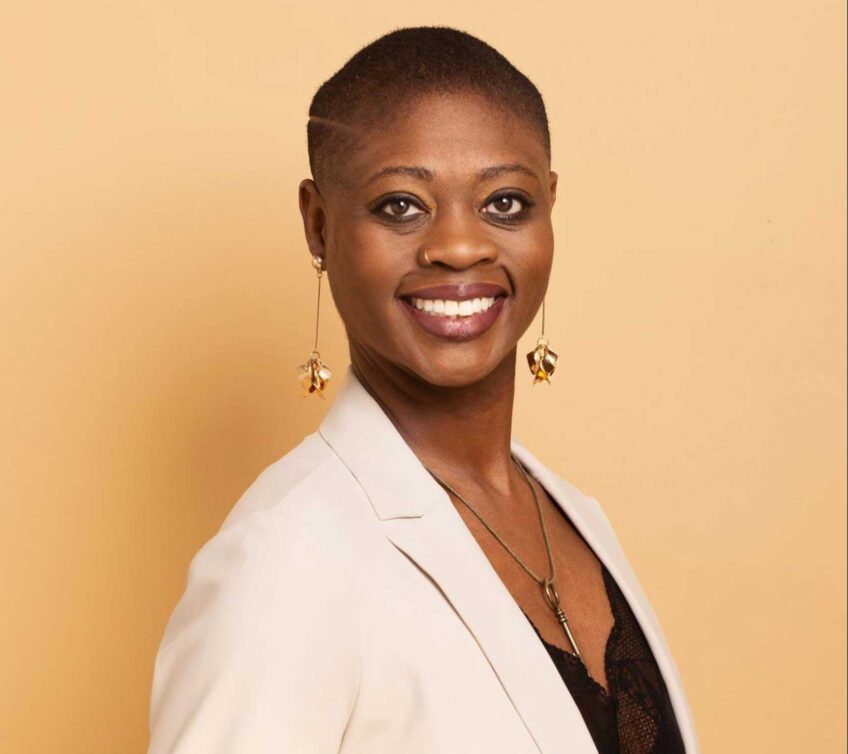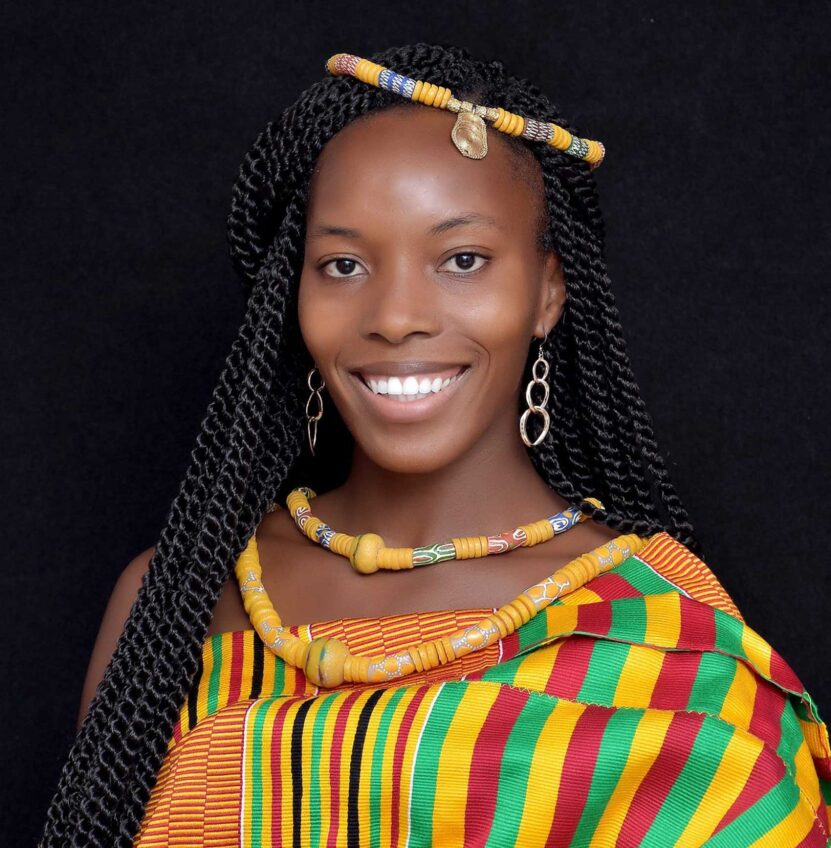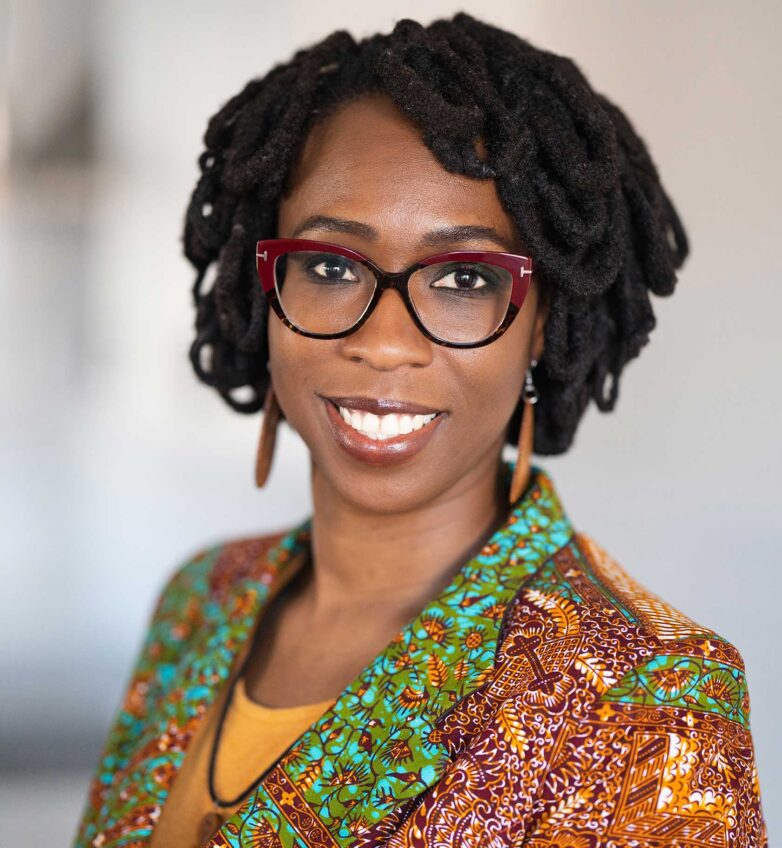Since the beginning, a vision of education for the masses guided the National Association for the Advancement of Colored People. It still does.
“Education is number one,” said Tanisha Sullivan, NAACP New England Area Conference president. “It’s part of our DNA.” She argues, “If our children cannot read, then they will not truly be free.”
Elevated to the regional level after the national conference in Boston, the former branch president passed the torch to Royal Smith. A Roxbury native, Smith graduated from Jeremiah E. Burke High School — now Dr. Albert D. Holland High School of Technology — and attended Johnson & Wales University. He owns District 7 Tavern on Warren Street.
He concurred with Sullivan, “education is one of the main, key issues.”
Both are strategizing. Smith and Boston’s NAACP executive committee are writing a strategic plan. Sullivan and NEAC are crafting a state agenda.
Sullivan’s top priorities are consistent with those of W. E. B. Du Bois: voting rights, civil equality and education. She called these three “anchors in civil rights advocacy.”
In “Souls of Black Folk,” Du Bois wrote that education was the “one panacea” to Black America’s self-doubt. That was 1903.
Now, Black interests are broader. Sullivan cited housing, safe neighborhoods, diverse businesses, health equity, chronic diseases and the environment.
In Massachusetts, 2025 may be a chance to get back to basics. State Senate President Karen Spilka is open to revising aspects of “K-12 funding and policy.”
“To the extent that we continue to rely heavily on local tax dollars to fund public education,” said Sullivan, the state must “fill even more gaps that exist for communities that have lower tax” for schools. If federal funding is cut, she said, “the states are going to have to do more.”
True to the legacy of the oldest NAACP branch, the work must continue beyond formula reform. The mountaintop is desegregation.
In Boston, NAACP delegates resolved that “widespread residential and school segregation have continued despite the Brown decision and the Fair Housing Act.” Last year, the Racial Imbalance Advisory Council documented the persistence of segregated schools.
“There is a correlation between housing segregation and the segregation in public schools,” Sullivan explained. That’s not changing. And yet, she is undeterred.
“The fight today is about ensuring every school, regardless of who is sitting in those seats, actually has the tools and the resources needed to support the children,” she said.
Sixty years ago, the NAACP demanded that the Boston School Committee admit to the de facto segregation of BPS. The U.S. Constitution’s 14th Amendment protects us from segregation.
Boston’s NAACP education committee held talks with officials. In operation since 1949, its members have included John D. O’Bryant and Mel King.
Initially formed to award scholarships, the education committee became a key stakeholder. Led by Muriel Snowden in 1960, it began building the case against segregation after reviewing a Bronx branch report. Back then, the NAACP met monthly at the Robert Gould Shaw House.
Thus began a multi-decade movement in Boston. This was the era of freedom riders, bus boycotts and lunch counter sit-ins across America. In retribution, southern states were sending busloads of Black people north.
In 1963, led by Ruth Baton, the education committee pressed the issue directly with the school committee. The closed-door negotiations were bolstered by public protests and activism.
A former NAACP NEAC president, Batson mentored younger members of the branch. One, Charlotte Nelson, recalls her mentor’s “determination” to obtain “equity for all.”
In the mid-1960s Paul Parks, an architect from Roxbury, took over the education committee. The NAACP Boston branch was led by Ken Guscott. They owned the building at 451 Mass Ave.
In 1963 and 1964, BPS students stayed out for Freedom Schools. An Episcopal minister, Rev. James Breeden, led the public relations defense. A faculty of academic, faith and cultural leaders, including Bill Russell, offered life lessons.
In 1964, the national NAACP opened a second front, suing Springfield and arguing that SPS’s racial imbalance was unconstitutional segregation.
In January 1965, a federal judge ruled that “segregation in the sense of racial imbalance, exists in the Springfield school system.” The court did not find “school policy per se is unconstitutional, but that it must be abandoned or modified when it results in segregation in fact.”
Rev. Breeden hailed the Springfield ruling as a “legal foundation” for the advocacy in Boston. Protests in both cities picked up momentum. But the official responses differed. Before the lawsuit, Springfield’s school committee acknowledged racial imbalance and tried to change school policy.
Home to the arsenal of American revolutionaries and emancipators, Springfield was spared from judicial intervention. The education commissioner, Owen Kiernan, later praised the city’s “good faith” in efforts to eliminate racial imbalance.
The same was not said of Boston. For nine years after Massachusetts’s Racial Imbalance Act of 1965, BPS resisted the inevitable. The result was Judge Garrity’s 1974 ruling that led to busing. Massachusetts marked the 50th anniversary of that court decision last year.
Kiernan is known for the report that paved the way for the 1965 law. Its authors believed that “integrated education means better education.”
They wrote that “racial imbalance is educationally harmful to all children” because “separation from others leads to ignorance of others, ignorance breeds fear and prejudice,” and “fear and prejudice cripple the creativity and productivity” of children.
“God wants all his children to have the basic necessities of life,” Rev. Dr. Martin Luther King Jr. told graduates of Springfield College in 1964
Segregation, whether in the North or South, said King, was “morally wrong and sinful.”
“We will have to repent in this generation,” said the Baptist minister who led the Southern Christian Leadership Conference, “not only for the vitriolic words and violent actions of the bad people,” but also “for the appalling silence and indifference of the good people.”
Known for his faith in the long arc of history, Martin Luther King said in Springfield that “time is neutral. It can be used constructively or destructively.” In 1964, he was “absolutely convinced that the forces of ill in our nation have used time much more effectively than the forces of good in our nation.”




